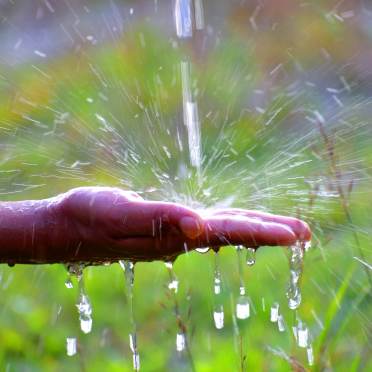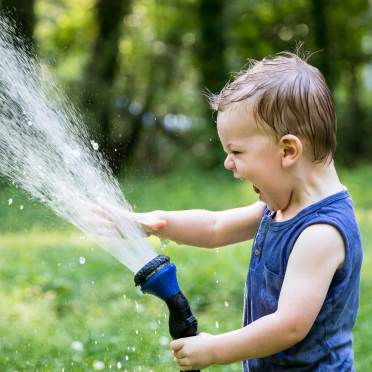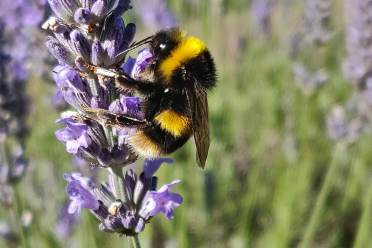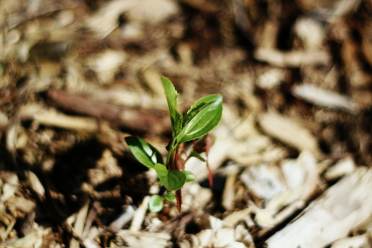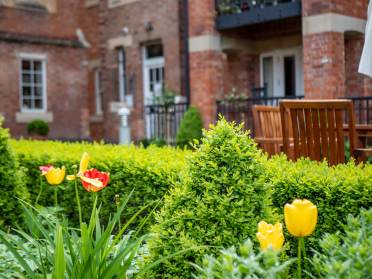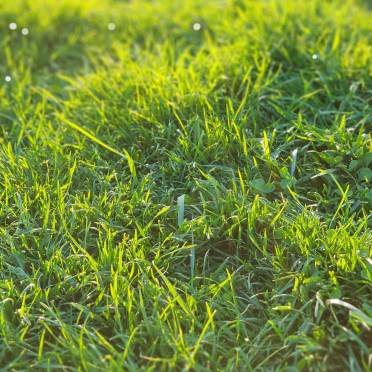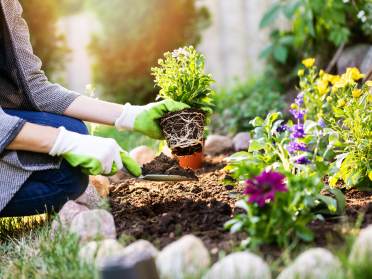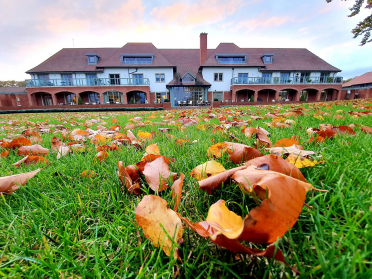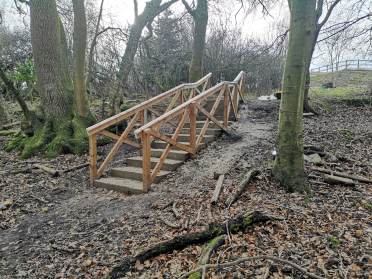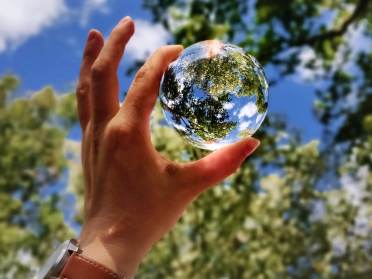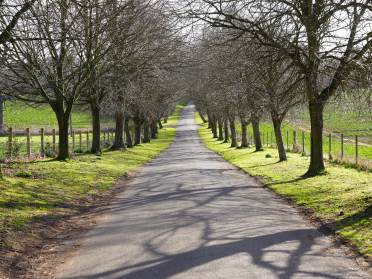Protect your plants in the hot weather
Even the most loved, well-maintained garden can take a beating in the hot weather. Our gardeners have pulled together their top tips to keep your plants, flowers and lawn hydrated during these scorching temperatures.
1. Water your plants at the right time of day
Make sure to water your plants early in the day, before the sun reaches them and again in the late afternoon when the sun has receded.
Try to avoid watering at night, as cool and wet conditions could encourage fungi and bacteria, slugs and snails, sow bugs, earwigs, and other pests into your garden.
Myth: Watering during the day will burn/damage my plants. False. According to Gardenbetty.com Sunburn (which often appear as bleached areas on the foliage of young transplants, heat-sensitive plants, and distressed, underwatered plants) is caused by simple overexposure to the sun, not by water droplets that supposedly magnify the sun and scorch the leaves.
That said, plants absorb water more readily when they’re not under heat stress, so it is more efficient to water in the morning or late afternoon.
2. How much is too much water?
Although the rule of thumb is to water plants twice a day on hot and dry days, some plants can need moisture more frequently.
Myth: It's best to water little and often. False. An infrequent deep drenching is more thirst-quenching to your plants than a regular light sprinkling. Make sure you concentrate the water right at the root zone, to ensure it hits the right spot.
Top tips:
- If the top 2 inches of soil feels dry, it needs more water.
- Have in mind an 'indicator' plant in your garden, one which visibly displays dehydration such as dropping or curling. If that plant looks dry then the chances are so is the rest of your garden and it's therefore a good indication that now is the time to water them.
- Even drought-tolerant plants like cacti still need regular watering in their first year.
3. Give the leaves and petals a sprinkling too
You may notice that in dry weather a fine layer of dust can build up on your flowers and plants, which reduces their ability to photosynthesize efficiently.
In hot weather (although not in direct sunshine to ensure the plant absorbs the water) it is a good idea to use a hose nozzle to recreate a light rain to shower your plants, particularly the more fragile ones to shower off the dust and give the leaves and petals direct moisture.
Top tips:
- A more sharp blast of water from a nozzle can control pests like aphids, which are drawn to heat-stressed plants during a heatwave.
- Misting your plants frequently creates humidity, particularly if your plants are grouped together, which can be beneficial for certain types of plants which thrive in humid conditions.
4. Create more shade
Even the most sun-loving plants can become dehydrated in a heatwave.
- Move container plants into the shade.
- Create shade for plants you can't move, perhaps using a parasol.
- Use companion planting to create shade for your more sensitive plants - planting more sensitive plants beside taller hardened perennials provides some protection from the direct sunlight.
- Shade the ground plants and protect the roots from heat using a black or green shade cloth. You can even use old bed sheets to provide shelter.
5. Keep as much moisture in the ground as possible
Any organic mulch such as shredded bark, arborist wood chips, or straw conserves moisture. It also smothers weeds, regulates soil temperature and adds small amounts of nutrients to the soil as it breaks down. It also prevents soil (and whatever fungi and bacteria are lingering in the ground) from splashing up on the leaves while watering, which reduces the spread of disease.
Top tips:
- Don't be afraid to use too much. Up to 4 inches can be used to protect the surface soil.
- Don't use hay as it spreads weed seeds!
6. Transfer potted plants to the ground
Container plants in small fabric or clay pots, and baskets lined with coco fibers or sphagnum peat moss, are more susceptible to drying out than those planted in the ground. In the height of summer, potted plants may need to be watered up to three times a day.
For the reasons above, transferring potted plants to the ground (as long as you have the space and the soil to do so) can be a good way to ensure the roots are well-nourished over hot days.
7. Don't fertilize plants in summer
During a heatwave soil temperatures can exceed 85°F causing plants to go into survival mode when they use very few nutrients. It may damage your plants if you fertilize your plants while they’re heat-stressed.
8. Save a scorched lawn
Unless you have a drip irrigation system or sprinkler set up, it is almost inevitable that your lawn will become scorched or parched during a heatwave. If your lawn has suffered, follow these steps to get it back on track
- Remove the burned grass and around an inch of soil with a shovel
- Apply topsoil to the area, then rake and level it out
- Apply a pre-seed fertiliser to encourage growth
- Re-seed with a lawn seed
- Water the lawn and refrain from cutting for a minimum of 4 weeks
Top tip:
- Over the hot months, it is best to avoid mowing grass too short.
9. Protect indoor houseplants
- Promote high humidity
- Water well, and water deeply
- Shade sensitive plants from too much sun
- Keep it cool
- Don't re-pot during a heat wave
- Wait to prune
- Learn to recognize stress
More tips
There are lots more tips and well-thought-out advice on Gardenbetty.com, including how to protect plants' roots from heat, how to feed heat-fatigued plants and how to implement a drip-irrigation system.
Create an eco-friendly garden
By creating an eco-friendly garden you can encourage biodiversity, reduce emissions, and save water.

